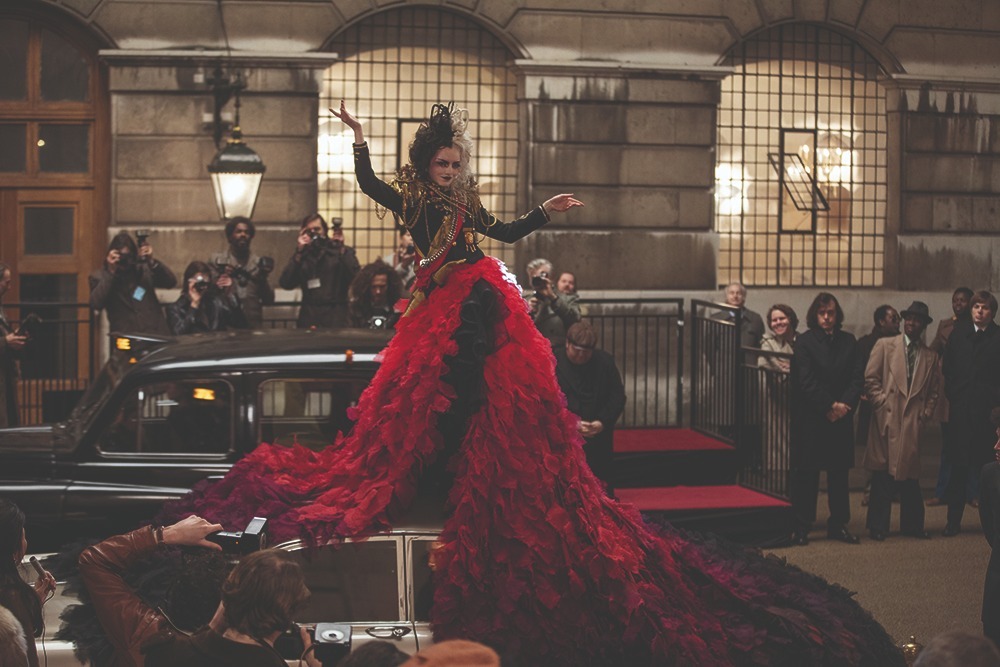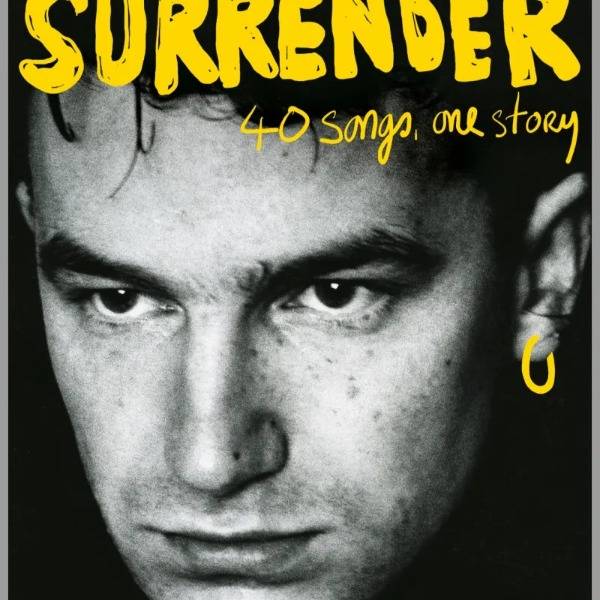
In February, as the pandemic entered its second year of rampage, a trailer for a new film appeared. This in itself was breathlessly exciting. Someone, somewhere was still making movies, and it stirred the possibility that we might soon slip back into the comfortable gloom of our local cinema. But that film was called Cruella, and after catching one whiff of this spotted monstrosity, sensible and sensitive filmgoers everywhere rose in chorus with a single indignant word: Why?
In the rogues’ gallery of iconic villains, Cruella de Vil ought to have pride of place. From the moment she hurled her Mercedes through the groomed streets near Regent’s Park in the adorable 1961 film 101 Dalmatians, everything important about her could be gleaned at a glance: the purplish hue of her skin, the sad nightclub gown worn during the day, the sinister cigarette holder trailing Chernobyl-like fumes. She was, in other words, that most dastardly archetype: the eccentric Tory aristocrat who has never been denied anything in her life. Boo!
Surely a villain with the perfect (and perfectly funny) name of Cruella de Vil didn’t need to be explained? Yet here is Emma Stone, who dons a two-tone wig to play the infamous “vampire bat, this inhuman beast” in Craig Gillespie’s film, released simultaneously to cinemas and streaming services in the UK in May. Stone’s version is about as far away from the source material as one can get. Far from being the tyrannical inheritor of obscene wealth, Cruella has somehow been envisioned as a scampish Dickensian orphan who yearns to become an haute couture designer in early 1970s London, trying to upstage and outsew her rival, Baroness von Hellman (played by Emma Thompson).
It takes a special kind of arrogance to come up with stuff like this. Rather than purely malevolent, Cruella has suddenly and inexplicably become a striver and a good-hearted hero. Yes, kids, you too should aspire to peel the pelts from several dozen pooches. Throw out the meat and soul: looking chic is what counts. Cruella, on the other hand, was made by Disney, a company that of course bears no ill will towards things that children love, and only wants to acquire their treasures by charm and good manners.
When 101 Dalmatians was made, artists thrived on the swift sketching of character. Brevity was a virtue. Then, some years ago, that talent was thrown away. Mysteries had to be confected, then revealed. No dark ancestry should be left undisturbed; every baddie ought to have an “origin story”, a juvenile trauma or critical defect that could explain their malevolent activities.
For many, I suspect, Cruella marks the point when the film industry’s lust for rejigs and do-overs reaches a zenith of absurdity. For more than a decade now, we’ve been deluged with rebrands and replications, clones upon copies of superhero capers and jazzed-up old classics; there seems to be nothing new under the sun.
It was Disney who pioneered and honed these parasitic arts, as Caroline Crampton recently pointed out in these pages (see the New Humanist Spring 2021 issue). In 2005 it embarked on a voyage of imperial conquest, gobbling up as many other studio behemoths as it could manage, bloating its prized store of intellectual properties. Pixar was bought out first, followed by Lucasfilm. Then, most ominously, came Marvel and its roster of rubbery messiahs. Since 2008 there have been – count them – 23 Marvel superhero films, with four due this year and seven more in the works.
When a company balloons to the size of a small planet and develops its own gravitational pull, everyone else is obliged to adopt the same model if they’re to avoid being torn apart. Lately, rival studios have been desperately hunting for any character or title that can match the Marvel stranglehold. This incentive to chase monopolies is what gums up the culture – and the screening schedules – to such a point that anyone else struggles to make a dent on public attention.
Disney’s beloved staple of animations for children (especially those made in the 1960s and 1990s) were often perfect little morsels: sweet confections carefully shaved of fat and fancy, with good jokes, no lulls and few ethical qualms. The true testament to the brilliance of those films would be to fashion something fresh in their likeness. Instead, there is the recent redux of these classics: new versions of Aladdin, Mulan, Beauty and the Beast and so on. In form and function they cleave so closely to their originals that one wouldn’t know they were different films, if it weren’t for the slick digital membrane grafted over the careworn and handcrafted drawings which gave them life in the first place. The entire studio apparatus, in other words, has been geared for the maximum extraction of nostalgia.
The cost of such a regime can be counted not only in the quality of the films themselves but in what they do to the culture in general. The geeks, we’re told, have won. Such a crowning victory produces some odd symptoms. Believing that all popular culture has been created for them personally and the peculiar fandoms to which they belong, fans treat the latest instalment of any superhero franchise as a titanic saga of moral instruction from which they can divine ethical codes and rudimentary ideologies. By strange alchemy, ephemeral entertainments like Batman v Superman: Dawn of Justice are somehow bumped up to the status of Hamlet or The Iliad. If you ever find yourself alone on the internet at night, be wary of stumbling across the very particular type of online activist whose Sisyphean task it is to judge whether the Avengers are doing “enough” for “queer visibility”.
This is the curse of domination. As the prevailing cultural force, these bombastic operas become the only frame of reference for negotiating human behaviour, for discussing politics, for working out desirable social standards. This is especially troublesome when we consider what these films actually consist of: dense swamps of formula, cliché and stereotype in which desire, fury, melancholy, jealousy, ambiguity, conflict, curiosity or any other recognisable human feeling are almost entirely absent. In short: adults are ordering their lives around films made for children.
For those of us who yearn for an end to the monopoly model and all of its strange outgrowths, there’s an inclination to look back at the Golden Age of Hollywood for some kind of comfort. Yet that too was a totalising dynastic agglomeration. Those studios also churned out plenty of second-rate piffle – much of it shaped to the rigours of Hays Code censorship. In 1944 alone, Hollywood managed to collectively squeeze out 72 different musicals.
But at least one of them was Meet Me in St. Louis. For the slew of detective noirs or westerns released in a year, maybe one of them could rise to the level of The Big Sleep or The Searchers. The critical difference, and the reason why they endure, was that they were originals, or adapted from novels or plays. As a result, they bear the unmistakable mark of real life: of genuine struggles and triumphs, of a time when fantasy served to heighten and intensify the feelings of our own lives, not distract us from them.
Of course, when faced with the accusation that their fare is tedious and devoid of human feelings, any studio executive today will simply turn out their pockets and chuckle like Scrooge McDuck as bounteous gold bullion tinkles onto the floor. The qualities of a film simply do not register in the box office take. Cruella, like many others, has proved this point. Partly because there was so little else showing in theatres, the film has done surprisingly well. So well, in fact, that Disney has announced more runts for this litter: planning for Cruella 2 is already underway. Our morbid curiosity apparently knows no limits.
This article is from the New Humanist autumn 2021 edition. Subscribe today.

